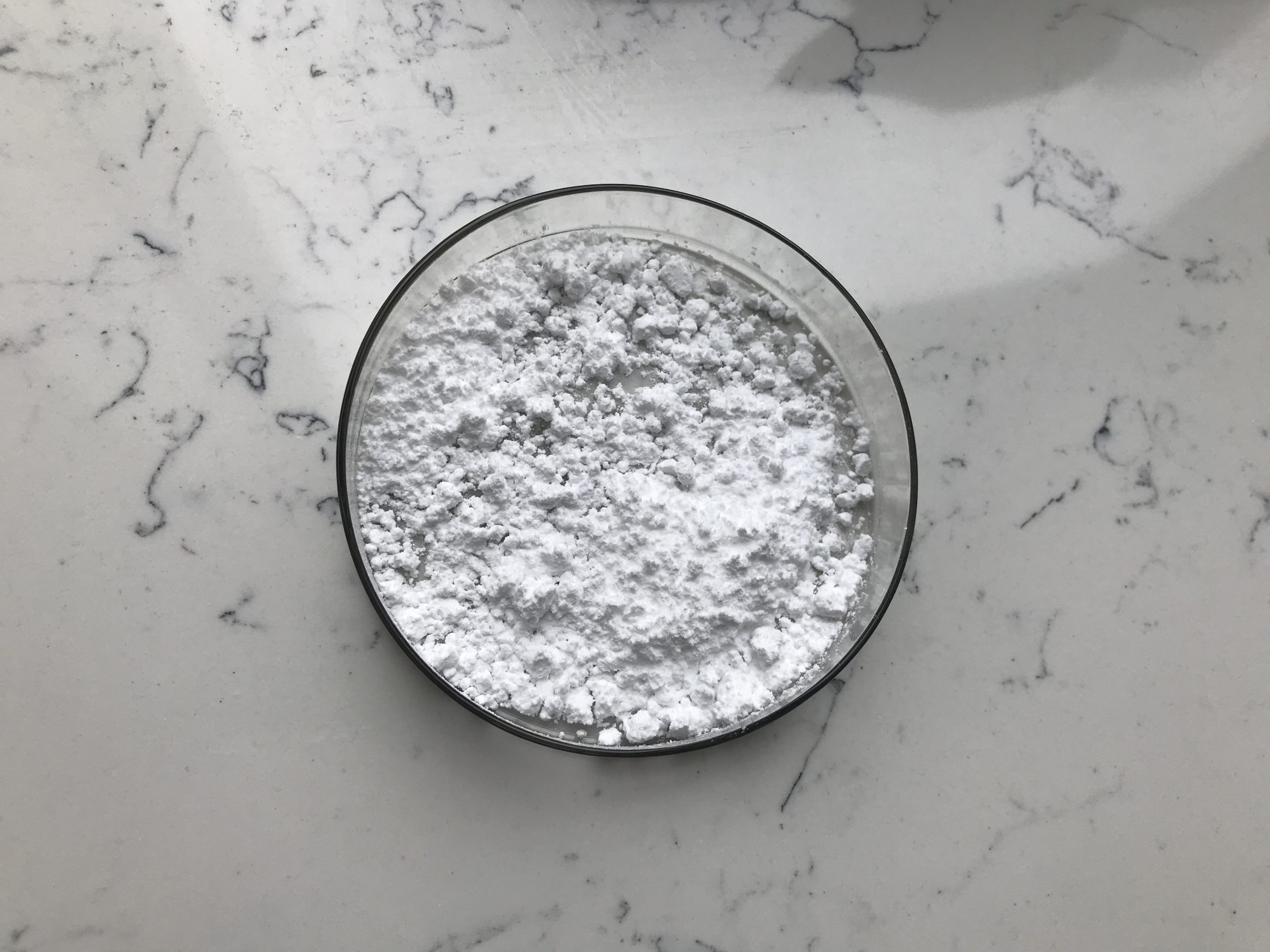The Evolution of Sweeteners and Sucralose
With the advancement in living standards, people’s demand structure for food has changed significantly, leading to the rapid development of food additives, especially sweeteners. Sweeteners, depending on the source, can be classified as natural sweeteners (like sucrose, steviol glycosides, etc.) and artificially synthesized sweeteners (like sucralose, aspartame, saccharin, etc.). By nutritional classification, there are nutritious ones (like sucrose, fructose, maltose, etc.) and non-nutritious ones (like sucralose, aspartame, sodium cyclamate, etc.). They can also be classified based on food safety into non-toxic types (like sucralose, and maltose) and toxic types (like steviol glycosides, sodium saccharin, and aspartame has phenylalanine effects).

The Need for Advanced Sucralose Production Methods
Sucralose, a non-nutritive and non-toxic sweetener, meets these high food quality requirements while also satisfying societal requirements for low cost and easy acquisition. As a mainstream sweetener in the Chinese food industry, over 5000 tons of sucralose are produced annually. The production process in China largely involves the monoacetylation protection of the 6-position of sucrose with trimethyl acetoacetate, followed by chlorination and deprotection to obtain sucralose.
The Ultrasonic Solution to Sucralose Synthesis
However, certain challenges have emerged during the esterification process. The rate of sucrose ring esterification is determined by the dissolution rate of sucrose. Ultrasound dissolution is identified as the best solution to balance the contradiction between esterification temperature and sucrose dissolution speed.
Revolutionizing Sucralose Synthesis with Ultrasonic Techniques
Setting the Stage for Ultrasonic Intervention
Experimentally, the synthesis of sucralose under ultrasonic conditions has shown promising results. The application of ultrasonics has shown an exceptional improvement in the dissolution rate of sucrose, which, in turn, accelerates the rate of reaction.
The Impact of Ultrasonics on Sucralose Synthesis
When compared to normal production conditions, ultrasonics can dramatically reduce the time required for the complete dissolution of sucrose, thus accelerating the reaction process. The influence of reaction temperature and grinding of sucrose crystals are also examined, revealing the benefits of the ultrasonic approach in the synthesis process.
Ultrasonic vs Traditional Methods
Looking at the comparative results, it is clear that the ultrasonic-assisted reaction could be completed in just over an hour. This is up to five times faster than the heated reaction and more than ten times faster than the normal room-temperature reaction. This revolutionary approach has far-reaching implications for sucralose synthesis.
Ultrasonic Technique: A Breakthrough for Sucralose Synthesis
In conclusion, the use of ultrasonic pulverization and dissolution features in the synthesis process of sucralose significantly increases the esterification speed of sucrose and trimethyl acetoacetate in DMF by at least five times. This technique reduces the side reactions caused by high-temperature reactions and increases the yield.
Maximizing the Application of Ultrasonics in Sucralose Synthesis
Ultrasonics has emerged as a crucial technology in many scientific and industrial processes, with the application in the food and beverage industry not being an exception. In recent times, the use of ultrasonics in the synthesis of sucralose, a common sweetener, has gained considerable attention, demonstrating high efficiency and significant advantages over conventional methods. In this article, we’ll explore the role of ultrasonics in sucralose synthesis and its benefits.
Understanding Ultrasonics in Sucralose Synthesis
The process of synthesizing sucralose involves several steps, including acetylation, chlorination, and deprotection, among others. In the traditional method, these reactions are done through heat and chemical catalysts. However, the application of ultrasonics has the potential to revolutionize this process.
Through the use of ultrasound, the synthesis process becomes significantly faster, reducing the reaction time by a considerable margin. This is because ultrasonication facilitates the breakdown of sucrose into smaller particles, which then dissolve more rapidly in the reaction medium. This process, known as ultrasonic cavitation, generates intense local heat and pressure, leading to a substantial increase in the reaction rate.
Benefits of Ultrasonic-Assisted Sucralose Synthesis
Adopting ultrasonics in the synthesis of sucralose presents multiple benefits. First, the process becomes more efficient, resulting in a faster reaction time. This increased efficiency translates to reduced production costs and higher throughput. Secondly, the application of ultrasonics leads to a more homogeneous reaction mixture, thus improving the overall quality and consistency of the synthesized sucralose. Lastly, it reduces the risk of side reactions, ensuring that the final product is of high purity.
The Future of Sucralose Synthesis with Ultrasonics
The impressive benefits of using ultrasonics in sucralose synthesis indicate a promising future for this technique. With advancements in ultrasound technology and a growing understanding of its mechanism, the potential applications are expansive. Beyond sucralose synthesis, it’s conceivable that ultrasonic-assisted reactions could be used to produce other types of sweeteners or even other food additives.
In conclusion, the application of ultrasonics in sucralose synthesis represents a significant step forward in the food and beverage industry. By leveraging this technology, producers can optimize the synthesis process, improving efficiency, quality, and output. This approach not only aligns with the global trend towards sustainable and efficient production methods, but it also opens the door to innovative techniques and applications in the broader food industry.
